A fizzled example of a gamma-ray burst, the most powerful kind of explosion known in the universe, suggests these outbursts can be surprisingly brief, researchers say.
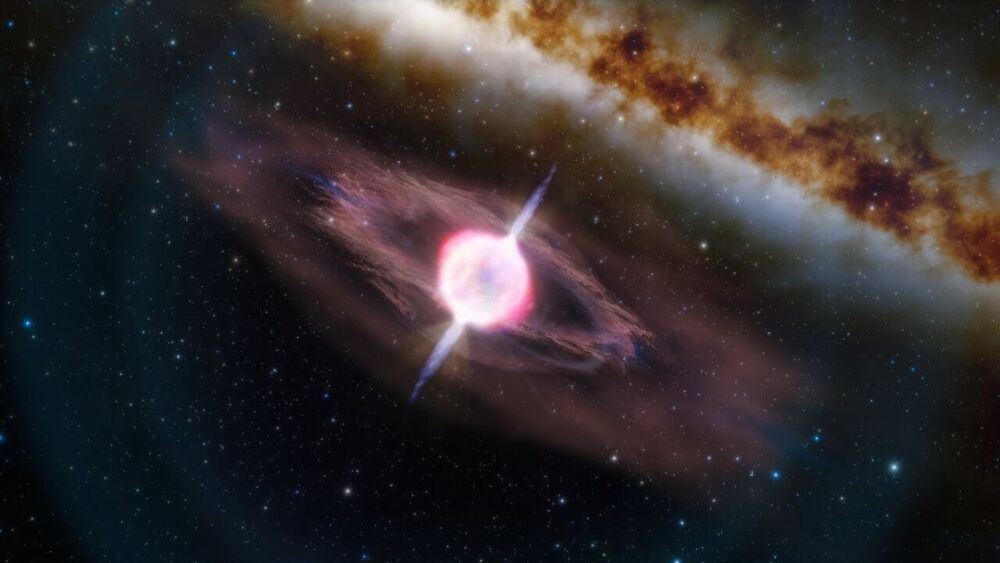

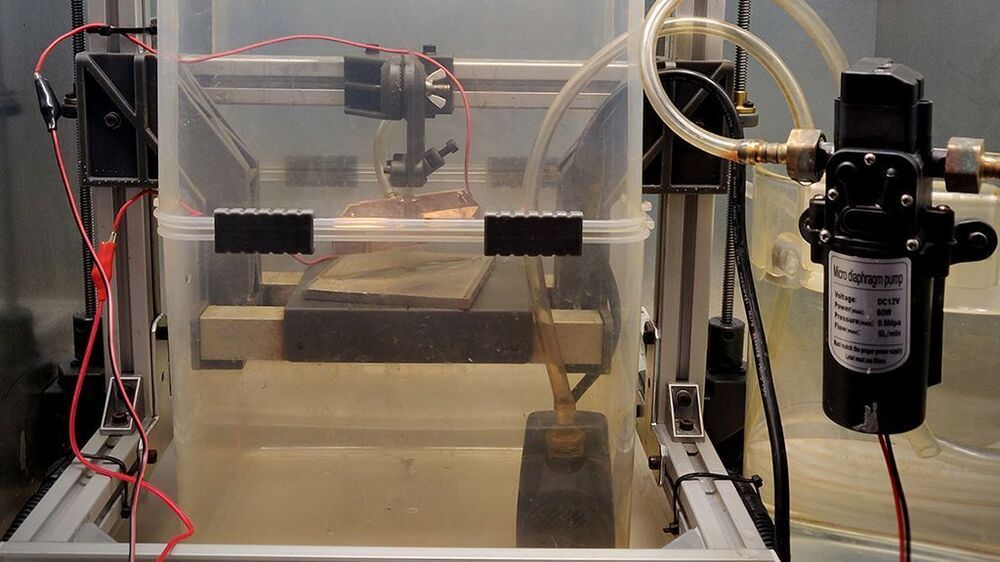
When it comes to turning a raw block of metal into a useful part, most processes are pretty dramatic. Sharp and tough tools are slammed into raw stock to remove tiny bits at a time, releasing the part trapped within. It doesn’t always have to be quite so violent though, as these experiments in electrochemical machining suggest.
Electrochemical machining, or ECM, is not to be confused with electrical discharge machining, or EDM. While similar, ECM is a much tamer process. Where EDM relies on a powerful electric arc between the tool and the work to erode material in a dielectric fluid, ECM is much more like electrolysis in reverse. In ECM, a workpiece and custom tool are placed in an electrolyte bath and wired to a power source; the workpiece is the anode while the tool is the cathode, and the flow of charged electrolyte through the tool ionizes the workpiece, slowly eroding it.
The trick — and expense — of ECM is generally in making the tooling, which can be extremely complicated. For his experiments, [Amos] took the shortcut of 3D-printing his tool — he chose [Suzanne] the Blender monkey — and then copper plating it, to make it conductive. Attached to the remains of a RepRap for Z-axis control and kitted out with tanks and pumps to keep the electrolyte flowing, the rig worked surprisingly well, leaving a recognizably simian faceprint on a block of steel.

Electrons in metals try to behave like obedient motorists, but they end up more like bumper cars. They may be reckless drivers, but a new Cornell-led study confirms this chaos has a limit established by the laws of quantum mechanics.
The team’s paper, “T-Linear Resistivity From an Isotropic Planckian Scattering Rate,” written in collaboration with researchers led by Louis Taillefer from the University of Sherbrooke in Canada, published July 28 in Nature. The paper’s lead author is Gael Grissonnanche, a postdoctoral fellow with the Kavli Institute at Cornell for Nanoscale Science.
Metals carry electric current when electrons all move together in tandem. In most metals, such as the copper and gold used for electrical wiring, the electrons try to avoid each other and flow in unison. However, in the case of certain “strange” metals, this harmony is broken and electrons dissipate energy by bouncing off each other at the fastest rate possible. The laws of quantum mechanics essentially play the role of an electron traffic cop, dictating an upper limit on how often these collisions can occur. Scientists previously observed this limit on the collision rate, also known as the “Planckian limit,” but there is no concrete theory that explains why the limit should exist, nor was it known how electrons reach this limit in strange metals. So Ramshaw and his collaborators set out to carefully measure it.
A two-hour launch window opens 2 a.m. ET (0600 GMT; 6 p.m. local New Zealand time)
Rocket Lab will launch an experimental research and development satellite to low Earth orbit tomorrow (July 29) for the U.S. Space Force. The mission will demonstrate the feasibility of large deployable sensors.
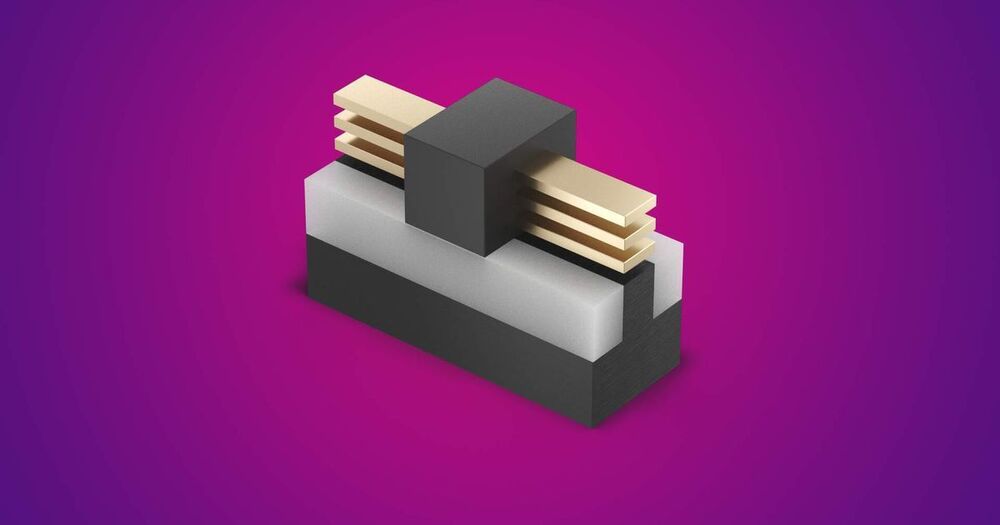
Only a few years ago, this might have sounded crazy, but it’s here now – the first head-to-head, high-speed race without the actual racing drivers. Autonomous vehicles will soon be competing against each other at the Indy Autonomous Challenge, an event that will probably be remembered for years to come.
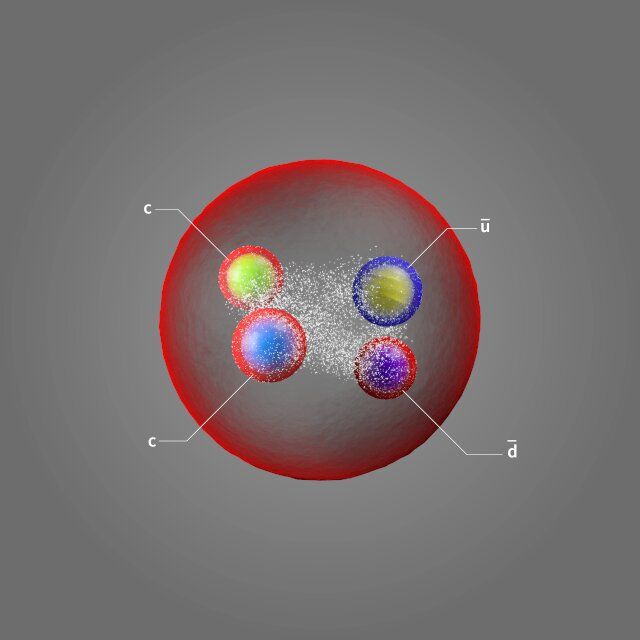
Quarks are the fundamental building blocks from which matter is constructed. They combine to form hadrons, namely baryons, such as the proton and the neutron, which consist of three quarks, and mesons, which are formed as quark-antiquark pairs. In recent years a number of so-called exotic hadrons—particles with four or five quarks, instead of the conventional two or three—have been found. Today’s discovery is of a particularly unique exotic hadron, an exotic exotic hadron if you like.
The new particle contains two charm quarks and an up and a down antiquark. Several tetraquarks have been discovered in recent years (including one with two charm quarks and two charm antiquarks), but this is the first one that contains two charm quarks, without charm antiquarks to balance them. Physicists call this “open charm” (in this case, “double open charm”). Particles containing a charm quark and a charm antiquark have “hidden charm”—the charm quantum number for the whole particle adds up to zero, just like a positive and a negative electrical charge would do. Here the charm quantum number adds up to two, so it has twice the charm!
The quark content of Tcc+, has other interesting features besides being open charm. It is the first particle to be found that belongs to a class of tetraquarks with two heavy quarks and two light antiquarks. Such particles decay by transforming into a pair of mesons, each formed by one of the heavy quarks and one of the light antiquarks. According to some theoretical predictions, the mass of tetraquarks of this type should be very close to the sum of masses of the two mesons. Such proximity in mass makes the decay “difficult,” resulting in a longer lifetime of the particle, and indeed Tcc+, is the longest-lived exotic hadron found to date.

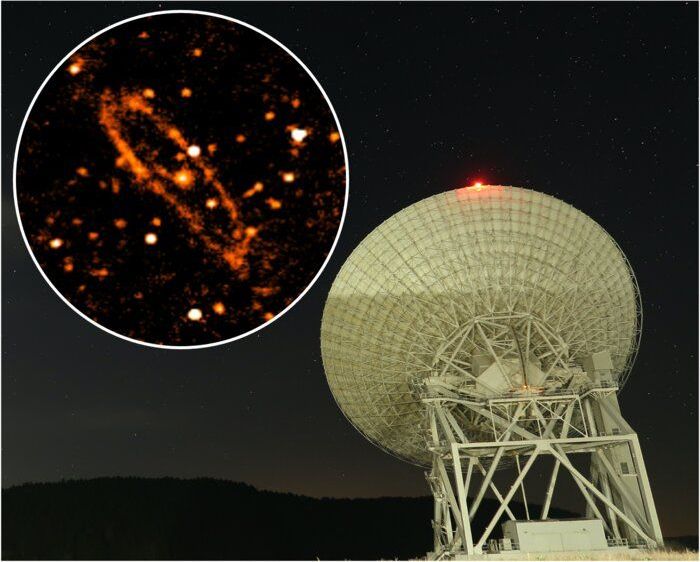
Scientists have published a new, detailed radio image of the Andromeda galaxy—the Milky Way’s sister galaxy—which will allow them to identify and study the regions of Andromeda where new stars are born.
The study—which is the first to create a radio image of Andromeda at the microwave frequency of 6.6 GHz—was led by University of British Columbia physicist Sofia Fatigoni, with colleagues at Sapienza University of Rome and the Italian National Institute of Astrophysics. It was published online in Astronomy and Astrophysics.
“This image will allow us to study the structure of Andromeda and its content in more detail than has ever been possible,” said Fatigoni, a Ph.D. student in the department of physics and astronomy at UBC. “Understanding the nature of physical processes that take place inside Andromeda allows us to understand what happens in our own galaxy more clearly—as if we were looking at ourselves from the outside.”
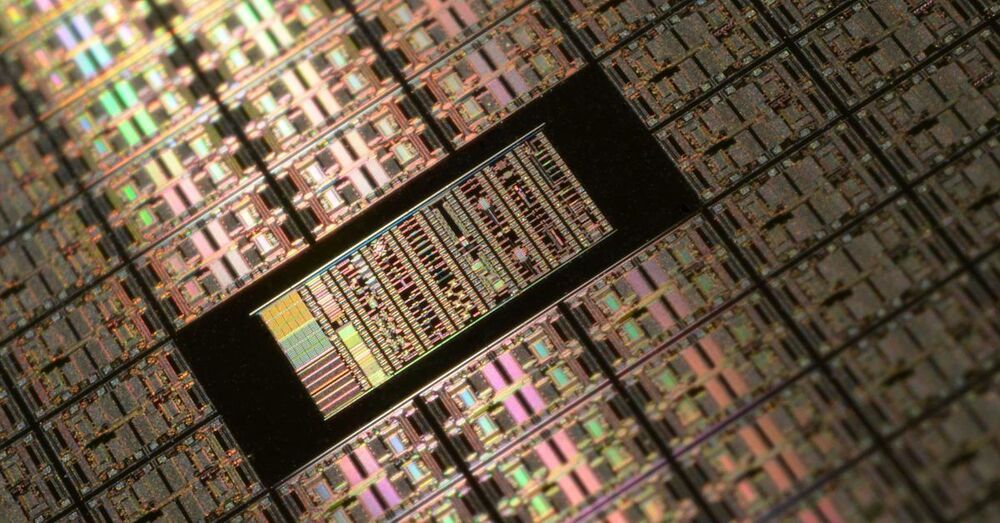
TSMC 2nm production is likely to begin sometime in 2023, after the company got the green light for its most advanced chipmaking process yet.
The news comes just one day after Intel said it believed it could catch, and overtake, TSMC’s chipmaking capabilities within four years…
A large part of the secret to creating ever more powerful chips is shrinking the die process: getting more transistors into the same size of chip. The A14 chip used in the iPhone 12, designed by Apple and fabricated by TSMC, contains 11.8 billion transistors.